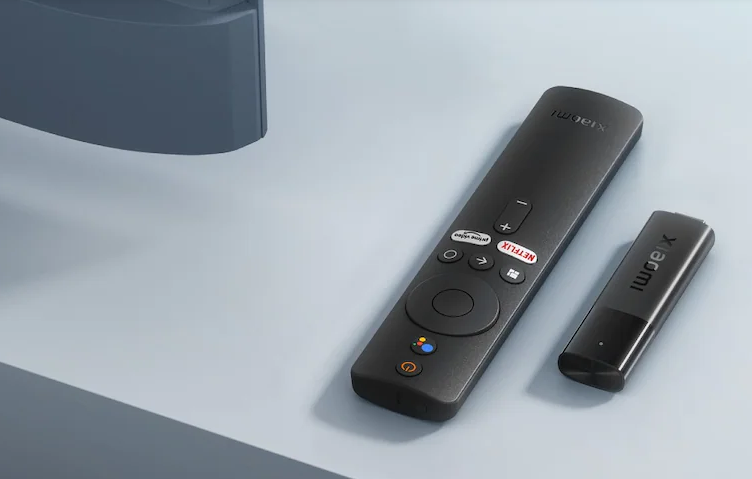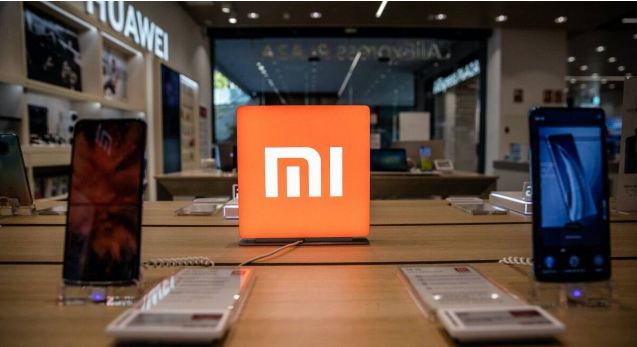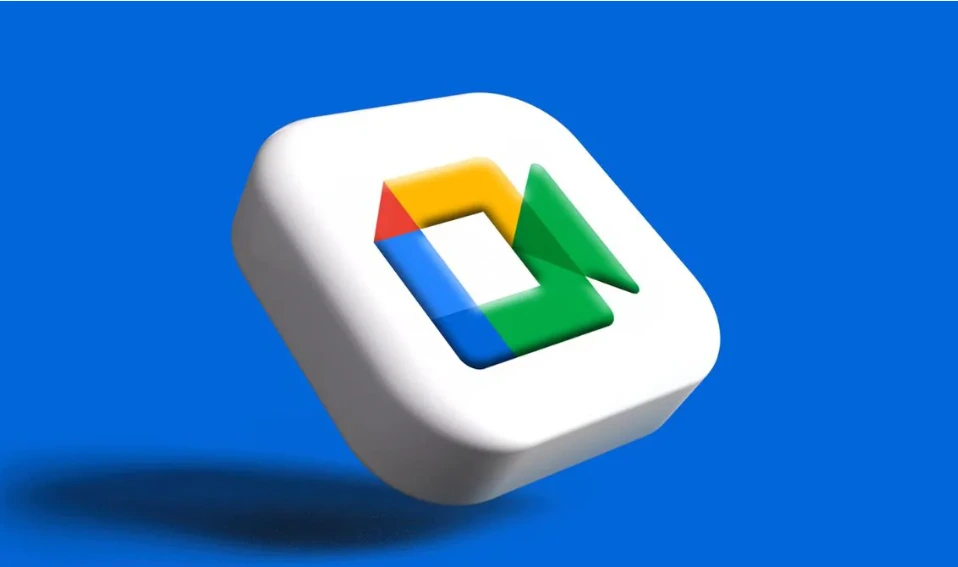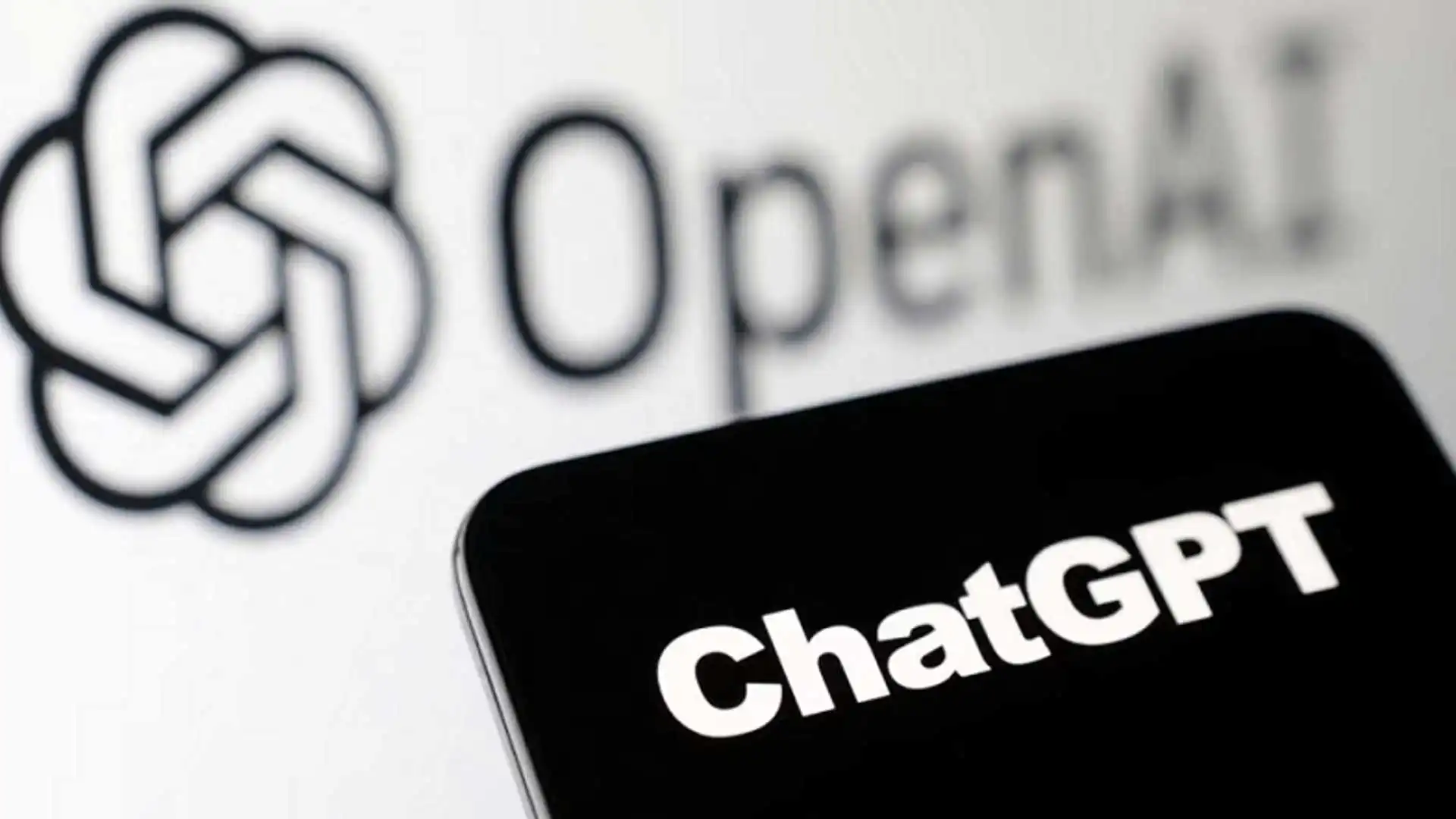Tech
Xiaomi TV Stick 4K with Android 11 launched, check features, price, and specs
Xiaomi has launched another updated version of TV fire stick 4K, replacing the company’s existing Mi TV Stick that was launched in India last year. As the name suggests, the newly launched fire stick comes with a 4K streaming to the viewers.

Tech
Google Meet outage disrupts work calls, online classes across India
Google Meet faced a major outage across India, stopping users from joining meetings and prompting widespread complaints on social media.
Latest world news
Cloudflare outage disrupts global internet access as major platforms face errors
A global internet disruption on Tuesday evening impacted major platforms such as X, ChatGPT and Spotify after a Cloudflare issue caused widespread 500 errors.
India News
OpenAI to offer free ChatGPT Go for one year to Indian users from November 4
OpenAI will offer Indian users one-year free access to ChatGPT Go starting November 4, marking its first major promotional campaign in India aligned with the DevDay Exchange event in Bengaluru.





















